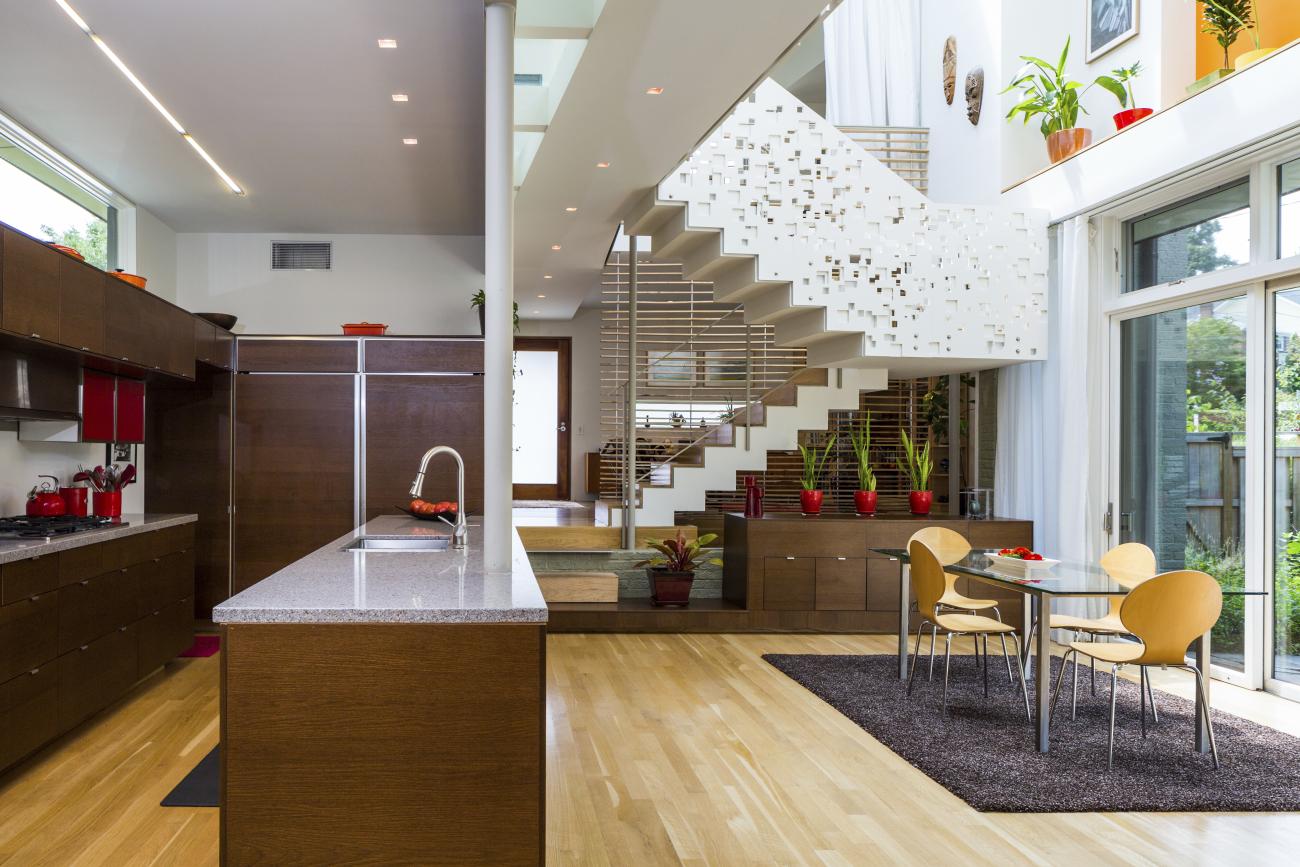Going green is all the rage, and not just because it’s Pantone’s Color of the Year. With more home and commercial property owners looking to create sustainable spaces, builders and interior designers might consider learning green design practices. The most popular set of guidelines for green building is the LEED certification process provided by the U.S. Green Building Council. So what is LEED, exactly? We answered some questions you might have below.
What is the U.S. Green Building Council?
It’s a D.C.-based non-profit promoting sustainable building practices across design, construction and operation. The council started the LEED (Leadership in Energy and Environmental Design) certification program in 2000. It's now the most widely used green building rating system in the world.
How do you become certified?
The U.S. Green Building Council breaks up its certification into five categories: Building Design and Construction, Building Operations and Maintenance, Interior Design and Construction, Neighborhood Development and Homes.
The council certifies both building projects and individuals under these categories. If you’re looking to gain LEED credentials, you would first take an exam to become a Green Associate. After this, you can take another exam to distinguish yourself as a LEED Accredited Professional (AP), which shows a more advanced level of knowledge. As an AP, you specialize under one of the five certification categories and set yourself apart even further from the pack. But there’s a small catch — all LEED APs need to complete 30 hours of continuing education within two years of certification. Green Associates must complete 15 hours.
How much does certification cost?
The Green Associate exam costs $200 and the LEED AP exam costs $250. If you decide to take the Green Associate and specialty exam at the same time as one test, it’ll cost $400. Prices are higher if you’re not a USGBC member.
What are the benefits of certification?
Sustainable design can help reduce carbon footprints, improve indoor air quality and maximize the potential of a space. Sustainable homes tend to have higher property value while consuming less energy. As a LEED certified professional, you use your expertise to bring all of these qualities to a client’s home.
On top of the benefits to clients, green building and design is better for the environment and our health. With certification, you can feel confident your work is creating interiors that are both beautiful and eco-friendly.
What things might I do differently with LEED certification?
Interior designers with a commitment to sustainability might focus on using vintage or repurposed furniture, sourcing items locally, choosing environmentally-friendly products and making sure home furnishings aren’t emitting harmful chemicals. With all of the energy-efficient, green home furnishing products out there these days, you don’t need to worry about compromising your style.
For more details on LEED certification, check out www.usgbc.org.







